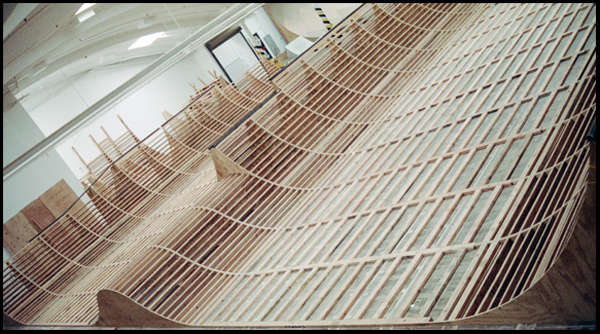
Chapter 22
Spine and Bowl
Back in Hawaii, that sweet little surf spot at Honoli'i Stream was the perfect place for JW to learn to surf. A very short paddle out took you to an easy shore break in shallow water. Just outside of that where the bottom dropped off was a generally larger shorebreak with lefts and rights. On the other side of the river mouth to the north and farther out was a pretty consistent left that could get big and tubular. If you were to design a surfing park that would be a treat for all levels of surf skills, this would be it.
A good skatepark is just like that; it has elements that provide fun for all skillsets, and incrementally more challenging banks and ramps to advance what you can do.
The largest element of the SkateZone was the spine ramp. A spine ramp is two halfpipes joined at their coping. It lets you drop in on one halfpipe, up and over the double coping of the spine and into the other halfpipe, like the ramp in Animal Chin. All the time the team was building out the first bay of the SkateZone, the question was whether George would allow the park to expand into the large bay next to the flatland side of the Zone, doubling the floor space of the playground. Once conceived of, the basic spine ramp pretty much designed itself given the limitations of the space.
The building was constructed of multiple bays of high arched barrel vaulted roofs. At the base of the arches, 10 feet off the floor, big steel tie rods stretched across the room, every 16 feet. Two bays were for the SkateZone. One bay we had filled with the flatland skate elements and the Taj Mah Wall. The second bay was for the spine and bowl.
To have maximum headroom at the rollouts and the spine, we needed the tie rods to be over the flatbottom areas. The ramp itself was 48 feet wide and the spine had three sections: a 36 foot spine with the double coping side by side, an 8 foot truncated spine with the two copings a foot apart, and a 4 foot wide rollover at the end, to provide options for various skill level. The rollout had different heights and in a nod to the beginnings of vert skating, one section had actual cast concrete pool coping in place of the steel pipe coping.
It just so happened my communal sister, Carol Latvala, was down visiting her son starting at UCSB and was there the night we opened the spine ramp for its first big skate jam. Members of the Bones Brigade were in town and we were going to have them have the honor of the first ride, but they were late in showing up, so we unceremoniously took down the caution tape and let everybody rip it up.
The last element we got to was the bowl. It had been in the works since the conception of the spine ramp. There was a large offset in the walls at the back of one halfpipe that would allow us a generous sized rectangular bowl. We set it up so that a second spine formed one edge of the bowl. Eventually a skater would be able to drop in on the first halfpipe, over the spine to the second halfpipe, and over another spine into the bowl. In the meantime, we built a temporary rollout that hovered over the unfinished bowl.
There wasn't any big push at that time to get the bowl completed. The rest of the SkateZone was up and running, and most of the crew that did the ramp building, including myself, had returned to our regular duties in the company. The first part of construction was easy; it was two intersecting halfpipes built with our standard methods. One went over vert up the concrete wall. Then came the tricky part; making the bowl corners.
It turned out the bowl corners became an act of one-man performance art. Jamie Johnston had the creative chops and most importantly, the patience to do the corners. It took a few months since his first priority was his work with Chris in R&D, whenever he could get an hour or two; he was in the bowl and focused. From my examination of Tony's bowl corners and advice from Frank Hawk, along with experiencing cutting compound angles for hip roofs, I could give Jamie some pretty good conceptual guidance, but he had to work out the details himself. At each level, the compound cuts would have to change both angles. He worked it out and single-handedly executed those bowl corners. Beautiful job.
Finally, there was the SkateZone in all its glory, and for the next three years it served the Jones of a whole generation of skaters. JW and the crew that were running the park continued to make additions to the street skating side of the park and many modifications to the Taj Mah Wall, including a place where you could climb up and drop in from the top, adding one more feature to up your skills.







































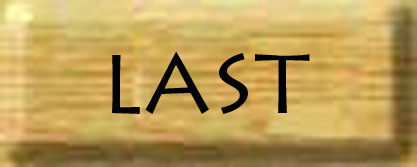

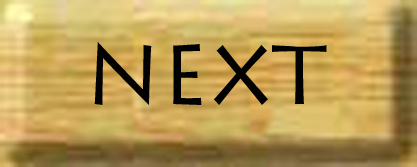
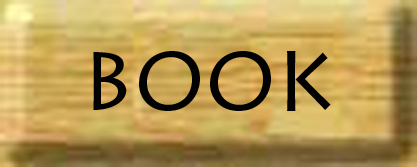
© 2017, 2022 John Oliver
All Rights Reserved
mail@unclejohnsweb.com
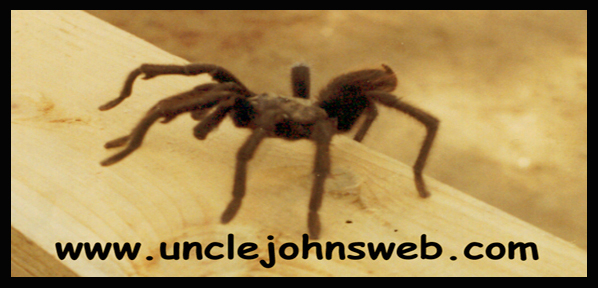
A good skatepark is just like that; it has elements that provide fun for all skillsets, and incrementally more challenging banks and ramps to advance what you can do.
The largest element of the SkateZone was the spine ramp. A spine ramp is two halfpipes joined at their coping. It lets you drop in on one halfpipe, up and over the double coping of the spine and into the other halfpipe, like the ramp in Animal Chin. All the time the team was building out the first bay of the SkateZone, the question was whether George would allow the park to expand into the large bay next to the flatland side of the Zone, doubling the floor space of the playground. Once conceived of, the basic spine ramp pretty much designed itself given the limitations of the space.
The building was constructed of multiple bays of high arched barrel vaulted roofs. At the base of the arches, 10 feet off the floor, big steel tie rods stretched across the room, every 16 feet. Two bays were for the SkateZone. One bay we had filled with the flatland skate elements and the Taj Mah Wall. The second bay was for the spine and bowl.
To have maximum headroom at the rollouts and the spine, we needed the tie rods to be over the flatbottom areas. The ramp itself was 48 feet wide and the spine had three sections: a 36 foot spine with the double coping side by side, an 8 foot truncated spine with the two copings a foot apart, and a 4 foot wide rollover at the end, to provide options for various skill level. The rollout had different heights and in a nod to the beginnings of vert skating, one section had actual cast concrete pool coping in place of the steel pipe coping.
It just so happened my communal sister, Carol Latvala, was down visiting her son starting at UCSB and was there the night we opened the spine ramp for its first big skate jam. Members of the Bones Brigade were in town and we were going to have them have the honor of the first ride, but they were late in showing up, so we unceremoniously took down the caution tape and let everybody rip it up.
The last element we got to was the bowl. It had been in the works since the conception of the spine ramp. There was a large offset in the walls at the back of one halfpipe that would allow us a generous sized rectangular bowl. We set it up so that a second spine formed one edge of the bowl. Eventually a skater would be able to drop in on the first halfpipe, over the spine to the second halfpipe, and over another spine into the bowl. In the meantime, we built a temporary rollout that hovered over the unfinished bowl.
There wasn't any big push at that time to get the bowl completed. The rest of the SkateZone was up and running, and most of the crew that did the ramp building, including myself, had returned to our regular duties in the company. The first part of construction was easy; it was two intersecting halfpipes built with our standard methods. One went over vert up the concrete wall. Then came the tricky part; making the bowl corners.
It turned out the bowl corners became an act of one-man performance art. Jamie Johnston had the creative chops and most importantly, the patience to do the corners. It took a few months since his first priority was his work with Chris in R&D, whenever he could get an hour or two; he was in the bowl and focused. From my examination of Tony's bowl corners and advice from Frank Hawk, along with experiencing cutting compound angles for hip roofs, I could give Jamie some pretty good conceptual guidance, but he had to work out the details himself. At each level, the compound cuts would have to change both angles. He worked it out and single-handedly executed those bowl corners. Beautiful job.
Finally, there was the SkateZone in all its glory, and for the next three years it served the Jones of a whole generation of skaters. JW and the crew that were running the park continued to make additions to the street skating side of the park and many modifications to the Taj Mah Wall, including a place where you could climb up and drop in from the top, adding one more feature to up your skills.







































All Rights Reserved
mail@unclejohnsweb.com
